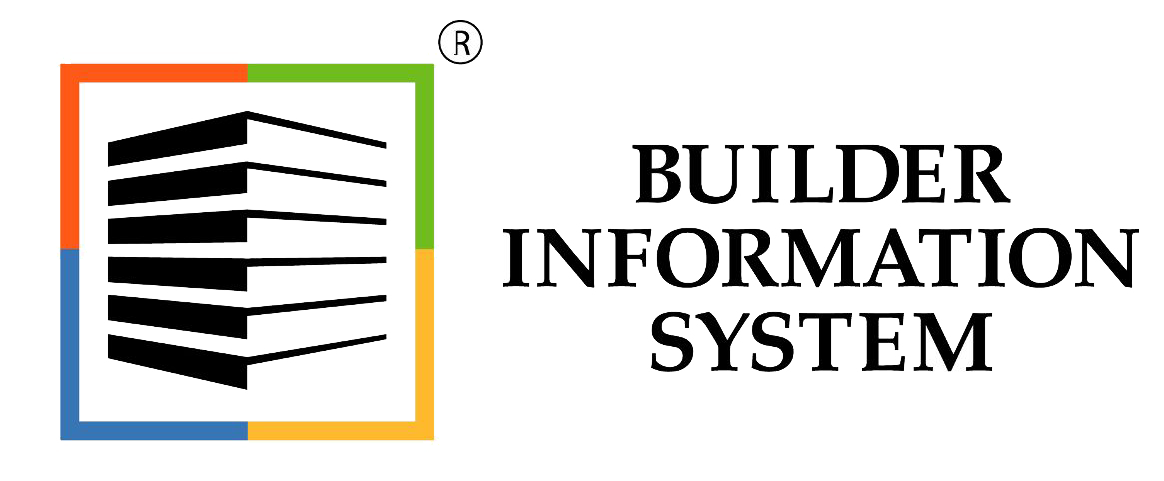Overview
As most users know, there are no shortcuts to a correct transition to a new accounting program. Even those who claim to transfer “everything,” only (as a rule) transfer balances, and not detailed transactions. Though balances are essential, they are not anywhere near complete, and will leave users frustrated, and worse, usually facing inaccurate data.
Initial instructions for Beginning Balances deal with General Ledger, Accounts Payable, and Payroll, and are covered elsewhere. There are no shortcuts to those steps as given.
However, there may be a simpler alternative to setting up beginning balances in Accounts Receivable. This alternative will be quicker, but will not initially permit BIS to use one of its primary features: directly rendering Applications for Payment and Schedule of Values directly from information already entered in the system. It also limits the depth and breadth of some information about those pre-existing jobs.
Details
Essentially this method melds the current workflow employed by the client (but only for existing jobs) with the BIS® method of handling Retainage billing. (For most users, their former billing method employed external, usually manual methods to produce Applications for Payment and Schedule of Values. Only the summary billing data was entered in the old accounting system.) However, all new jobs would be entered and processed in the preferred BIS® method, allowing for later utilizing the exceptional features of BIS®.
The user should contact the MICS Training Department to go over these specifics. In its essence, it follows methods similar to those that will be used for Accounts Payable Beginning Balances.
The user will enter Contract Invoices for every open invoice in the old system as of the date of transfer (if not original invoice date). Rather than being posted to Revenue, however, they would be posted to AR-Suspense, and the AR account in the AR tab would be left on its default setting. Only the unpaid balances of any such invoices would be entered.
Similarly, the user would enter a Contract Invoice for the initial, open Retainage invoice from the old system. For these Retainage invoices, the user would need to change the AR account in the AR tab to the AR Retainage account. Subsequent unpaid Retainage amounts would be entered as adjustments to the initial Retainage invoice. Thus, this process mimics the normal process employed by BIS.
Upon completion, the user would need to verify that the AR-Suspense account was zero, and that the AR and Retainage AR accounts matched their respective balances from the old accounting system.
In addition to this, the user could enter prior Job Cost, Job Billing, and Job Payments from their respective menu selections.
It is important to note that these old jobs would continue to be billed (via Schedule of Values) external to BIS®. As with the former accounting system, the billing would be logged into BIS® as a Contract invoice. When Retainage is to be billed, a credit is entered against the Retainage invoice, and a regular contract invoice is processed to include the (now billed) Retainage.
This “old” method of billing jobs would only continue until those old, in-progress jobs were complete.
Caveats
However, and this needs to be emphasized, all new jobs that will employ progress billing (AIA®) should be setup and entered into BIS® using Job Budget, markup, Schedule of Values, etc. Users will then begin to then exploit the full value of the BIS program.
Having said that, it should be pointed out that in the experience of many who support clients with accounting software, once a “shortcut” habit is established, it is often difficult to change. Thus when clients employ such shortcuts (replicating the shortcomings of a less capable accounting program in another more capable program), they frequently never alter the procedures to take advantage of the new features they sought in the more capable program.
Conclusion
BIS® has unique features for which there are few comparisons in most existing installed accounting programs. It would be a shame to fail to take advantage of these very features that could save them time while providing far more information.
